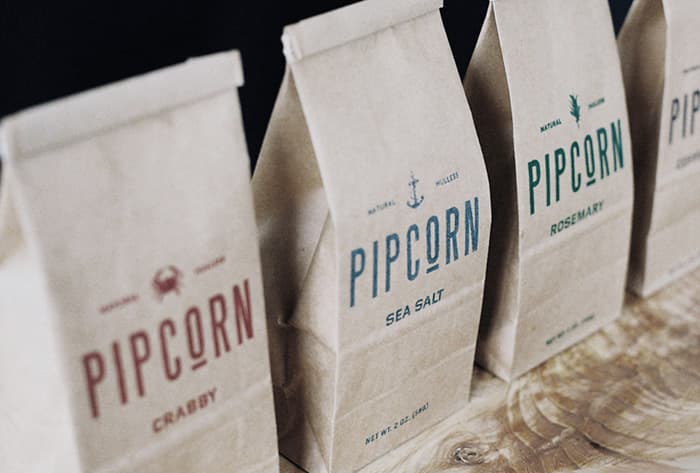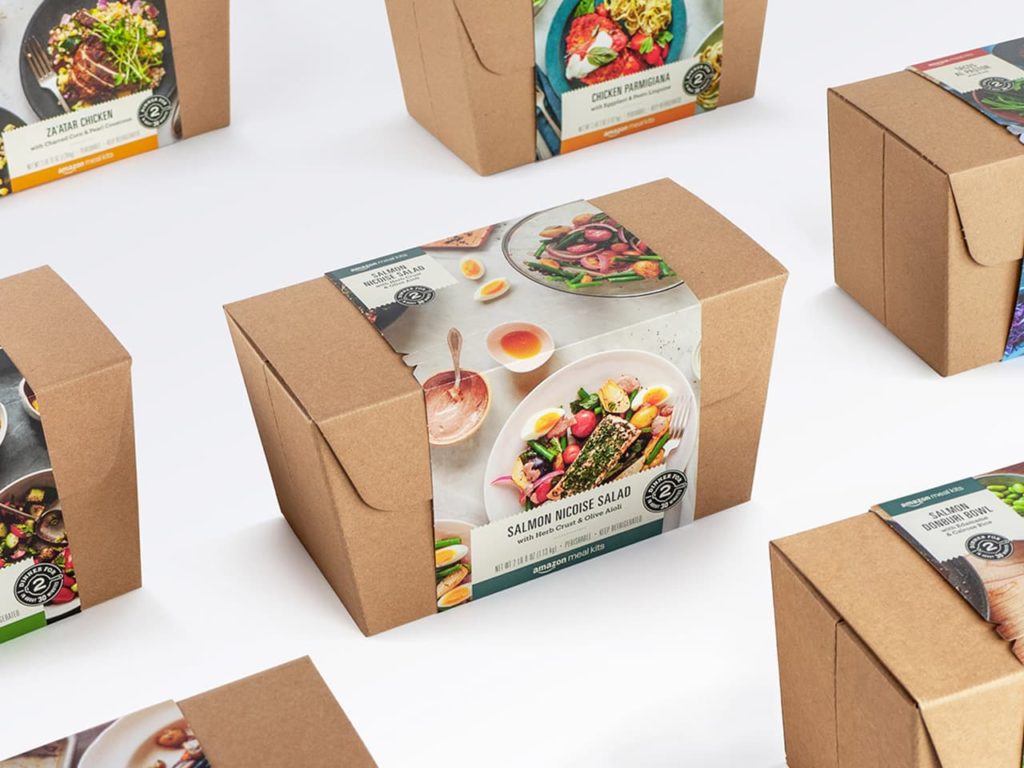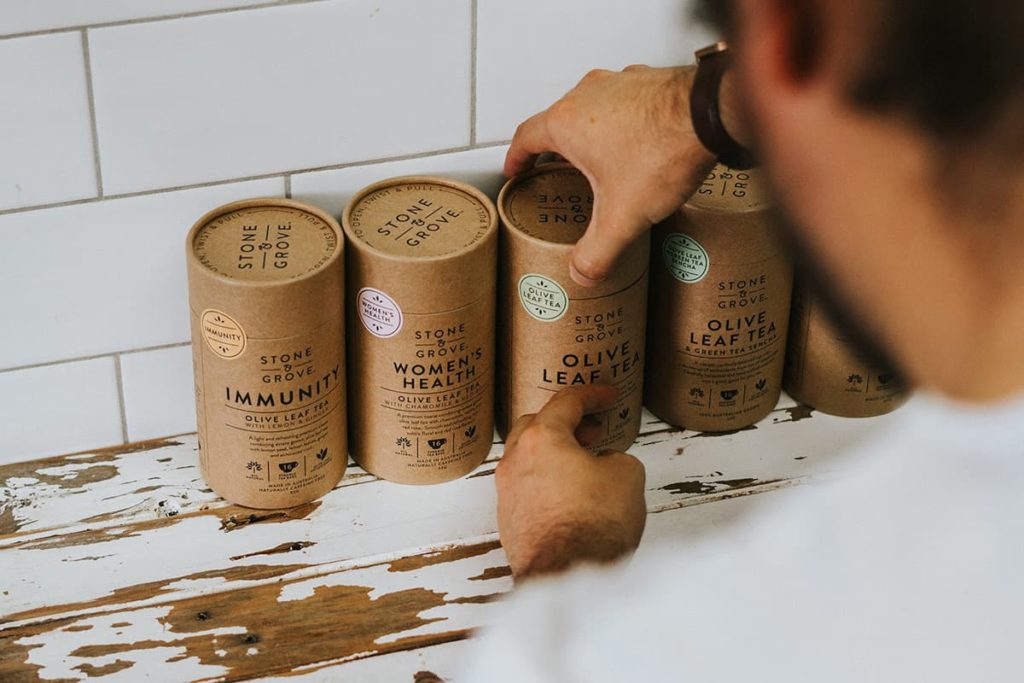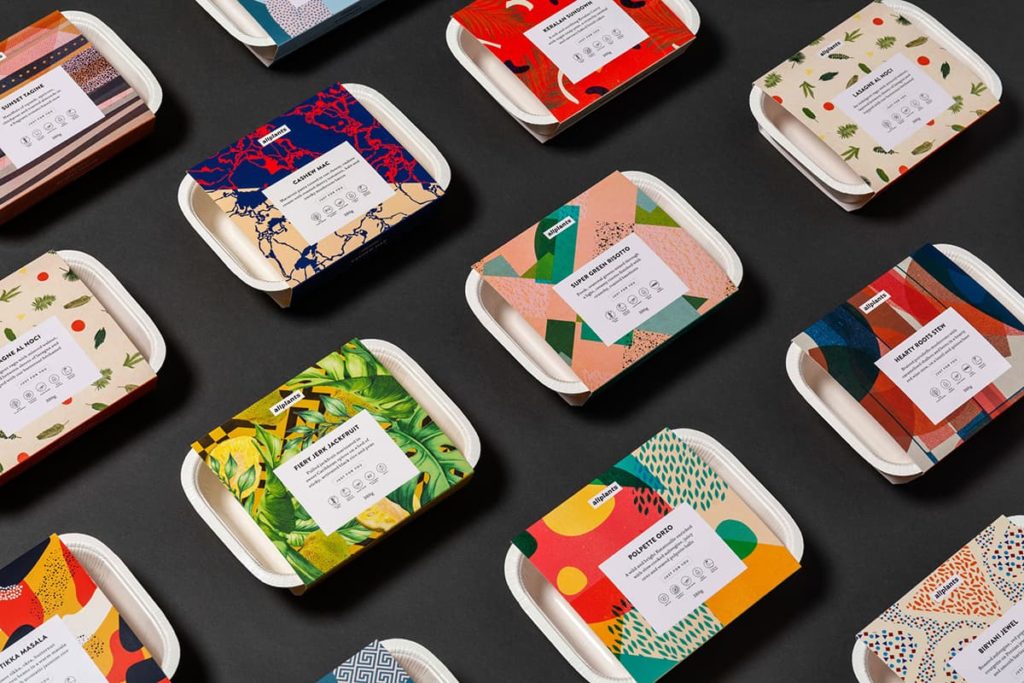Food packaging can be incredibly challenging.
Companies need to balance sustainable materials, preserve food adequately and extend its shelf life while also looking good.
Although there are many different elements to balance, custom food packaging can help ensure that all of these requirements are met while elevating the brand.
For this article, we’ll look at some ways to create impactful food packaging design that is eco-friendly and a favorite among customers.
- Melding Form and Function
In general, packaging design needs to be a balance between form, function, and beauty.
When considering packaging materials, all of these elements need to be balanced to ensure that products remain undamaged and customers are happy.
So essentially, it’s about thinking about what materials are best for protecting the content of the package itself and how to make it look aesthetically appealing enough for customers to choose it.
With food brands getting more creative around blending these different ideas, there is a lot of inspiration to choose from.
Alongside aesthetics, creating eco-friendly food packaging is also crucial.

You’ll find there are many materials to choose from, which is why it’s critical to evaluate each one in the context of your product.
What will ensure that your product retains its freshness and will remain undamaged during transport? Are any of the options biodegradable and sustainable?
Are you able to create packaging that is reusable and useful for customers?
Because food packaging also needs to include nutritional and product information, the design needs to be thoughtful enough while still fitting into aesthetic appeal.
Consider some of the most marketable aspects of your product and bring that into the packaging design for maximum appeal.
Some aspects to consider during the packaging design process includes:
- What packaging materials are best for my product?
- How can I construct the packaging to ensure it supports my product and has shelf appeal?
- Is the packaging easy to ship to retailers, and what is the risk of damage?
- Can products be easily stored and stocked while in the packaging?
- Will the packaging withstand long stretches on the shelf?
- Does the packaging include the information needed to help customers make their decision?
- How does our packaging measure up against competitors?
- Maintaining Health and Safety
Looking at health and safety in more detail, food packaging needs to be mindful of different considerations and packaging guidelines.
Health and safety information will need to convey several aspects, including healthiness and marketing information, serving ideas and nutritional content, and making the packaging convenient and simple.
The way food is packaged and how it communicates health and safety makes a big difference in shelf appeal.
Customers are more likely to gravitate towards products that have comprehensive information on the packaging itself, making it easier for people to try new things. You can also incorporate safety features into the packaging to maintain its integrity.
For example, some bottles and caps come up with pop-up capabilities if the seal has been tampered with or damaged. Other products add seals or coatings to offer another layer of security.
Additionally, for grocery stores and retail, packaging must be designed to make it easy to track and recall products if necessary.
Keeping in mind the various requirements that retailers need regarding health and safety is crucial when designing packaging, as it reduces the risk of spoilage or wastage down the line.
Any measures you can take for quality control, contamination, and spoilage will make a huge difference – especially if it is displayed on the packaging somehow.
It helps make customers feel more secure about what they are purchasing and gives them more confidence around product safety.
- Ensuring Product Integrity
A common complaint that comes up when someone is asked to try a new product is that the brand is “hard to trust.” People are naturally wary, particularly when encountering new products, so establishing trust is so important.
One of the best ways to build that connection is to protect and maintain the integrity of your product.
A simple method to avoid this is to keep images as natural and close to the real thing as possible on product packaging.

Think about the image that’s included on the packaging and whether that matches up with the reality.
While there is merit in editing photography to make it appealing, if it’s drastically different from the real thing, then…well, people get annoyed.
That also applies to how large or small the food items are because that’s another avenue where many mislead, leading to angry and disappointed customers more often than not.
Food packaging is tricky in that way, and striking that balance will take some time.
But it’s better to stay accurate rather than creating false expectations that leave customers angry, as it will alienate them from your brand.
So if you’re looking for inspiration on how not to package food items, here are some ideas to avoid!
- Simplicity and Clarity
Because food is already so visual, the custom food packaging you design needs to be thoughtfully matched to the items themselves to make them stand out.
It’s tempting to make the packaging super busy and add many visual elements, but it ultimately detracts from the product itself.
When thinking about food product packaging, the goal should always be simplicity and clarity. That means using fewer colors and ensuring that the font is clear and readable.
Think about your brand and how to bring those elements into your custom food packaging without overcomplicating it.
You want customers to instantly understand what your product is the minute they see the product and avoid confusion and false expectations.

Alongside these elements, it’s also crucial to include product information to help with decision-making.
That can include information around ingredients, preparation, the best way to dispose of the packaging, and anything else that customers may want to know.
Incorporate any feedback you get from retailers and customers around usability and aesthetic appeal that will help bring in future customers while showing current customers you value their opinion.
If you’re looking for additional information around the topic, you can find great resources here and look at current trends for more inspiration here.
- Creating Shelf Impact
Shelf impact is a key consideration in food packaging. Many of the earlier points come into play here, particularly around simplicity and clarity, but there is more to think about.
Food packaging design plays a huge role in how products are displayed on the shelf and what customers end up reaching for.
Shelf impact is all about getting customers to pay attention to your brand and standing out from the rest.
Shelf impact isn’t always in your control, as it’s very much individual to each retailer. Some prefer to place complementary products together, match up patterns, or create unique displays to catch customer attention.
That’s why you’ll see more and more packaging with busy designs and too much information – and why it’s all the more important to stay away from that.
The more you can strip away the extra bits and draw attention to what’s important about your product, the better it will be for shelf impact.
If you’re able to look at a sample of displays where your product is featured, you can look at what is surrounding your product to get a better idea of how to stand out.
Another way to create shelf impact is to opt for eco-friendly food packaging. Customers and retailers are increasingly looking for ways to reduce their carbon footprint and showcase brands doing good for the planet.
Biodegradable packaging, reducing or eliminating plastic altogether, can be a great way to grab customer attention and create shelf impact.
- Versatility
Although it’s often not mentioned, versatility is also incredibly crucial for creating the best food packaging.
Brands are constantly adding more to their product lines and taking up more market share without creating packaging from scratch.
That’s why packaging design has become more fluid and flexible, allowing for multiple adaptations as product lines expand – think of the design as more of a template rather than an absolute design.
It should be easy to change elements to create a consistent brand identity across different products.
Some choose to make the layout adaptable, while others use different colors to make the packaging look versatile but still identifiable as a brand for customers.

Think about your product and how many options it can be split into if you were to grow the product line.
For example, if you serve multiple portions, could your design be adapted for single-serve or mega party packs?
Is your design general enough that it could be adapted if you launched a completely new product than what you are currently offering?
Creating impactful food packaging design is about balancing various elements that help the overall look and functionality come together.
Keeping your food packaging label designs versatile, simple, and clean is essential while maintaining product integrity.
Working with packaging experts, you can create custom packaging design that strengthens your brand, builds trust with customers, and has the shelf impact to stand out among competitors.





